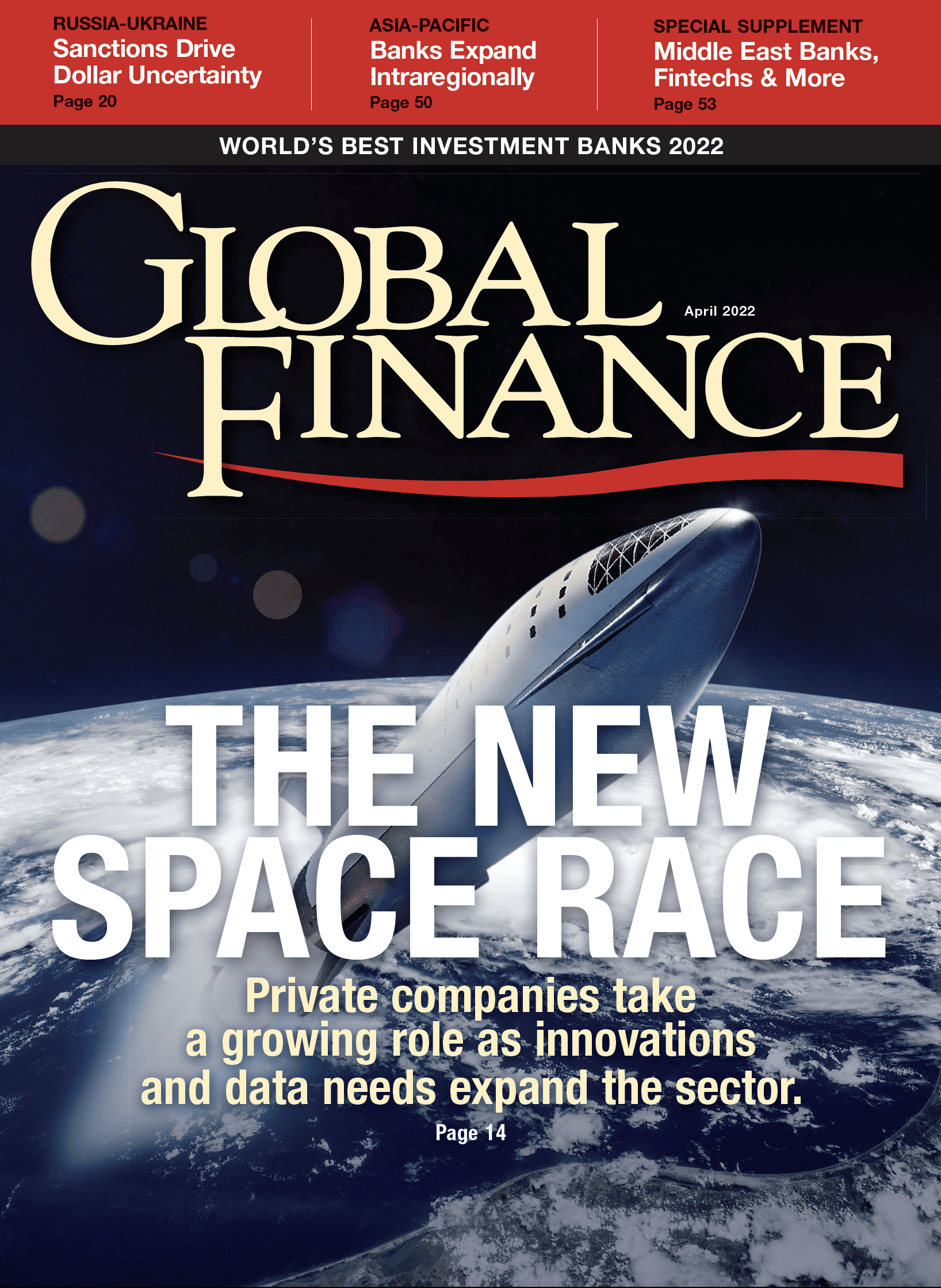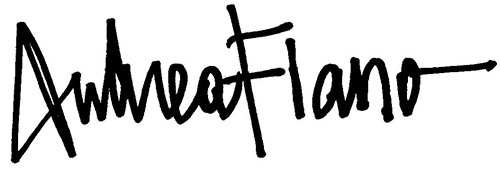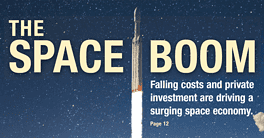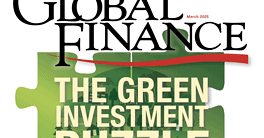Global Financeeditor Andrea Fiano's letter to you, the reader.
VOL. 36 NO. 4

Click Here To View Full Issue
We are going to press in a climate of extreme uncertainty over the conflict in Ukraine initiated by Russia. It is impossible (and unwise) to predict the outcome, but already the strife and violence have affected financial and commodity markets, and, most unfortunately, the beleaguered civilian population. The economic effect of sanctions could be severe and long-lasting, and spread beyond national and regional borders.
The situation is surely at the top of the agenda in boardrooms around the world; uncertainty does not permit lack of corporate preparedness, so strategically minded executives are assessing various scenarios. This moment reminds us, if we needed reminding, that all economic forecasts and business plans are subject to sudden and unexpected geopolitical developments.
In the case of the current conflict, so much is at stake: not just the oil and natural gas markets, but the future of trade and even growth in several world regions. To some extent, regardless of distance from Kyiv, nobody is excluded from considering these rising tensions—including central banks timing monetary policy adjustments.
Our cover story on the capex boom, planned before the recent international developments, analyzes an important trend in the corporate world. Companies worldwide are investing heavily in new facilities, upgrades, sustainability initiatives, and automation and artificial intelligence. One recent trend is onshoring, most notably in semiconductors, in order to ease supply chain strains; these are costly long-term projects that cannot be derailed on a whim. The impetus stems partly from what had been a very low interest-rate environment, yet these ambitious plans are holding despite the specter of inflation and widespread expectations of interest-rate hikes.
The capex boom reflects, in other words, a clear new agenda and new set of priorities at many companies. The current turbulence might slow their progress or partially shift their paths, but the direction and momentum are clear.

Andrea Fiano | Editor
afiano@gfmag.com

